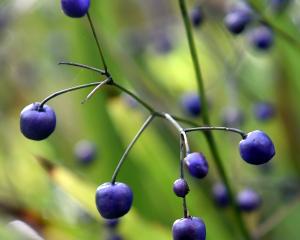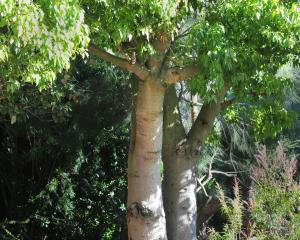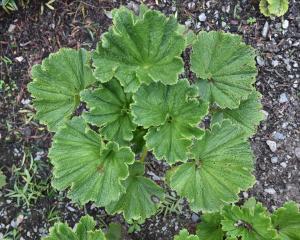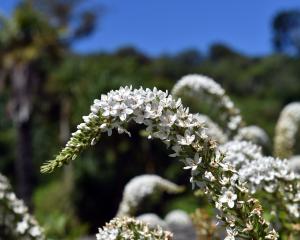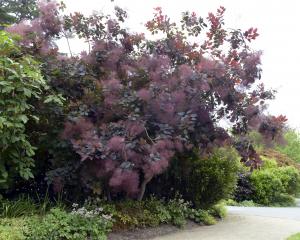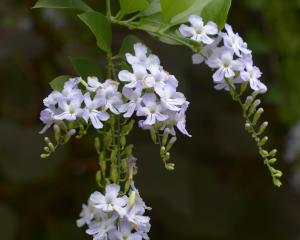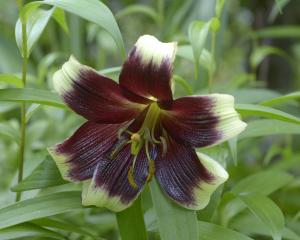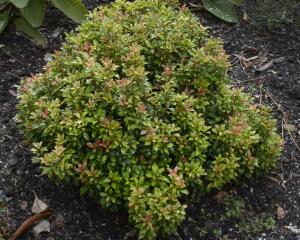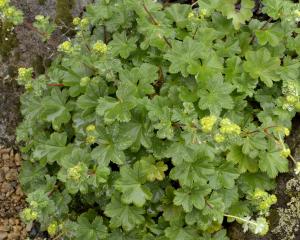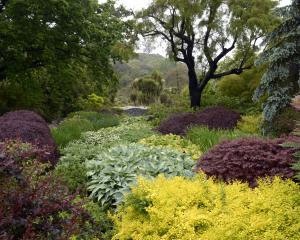Most people who use Echinacea will purchase it from a pharmacy, but there are also delightful perennial herbs that are well worth growing.
Native to eastern North America, Echinacea purpurea is commonly known as purple coneflower. It is one of three species of Echinacea used in echinacea medicine which is made from its leaves, flowers, and roots.
It is an upright-growing perennial herb, growing from 1m to 1.5m. Each stem is topped with a solitary daisy bloom up to 12cm across. Flowering is mid- to late-summer and often into early autumn.
These plants do best in full sun with a well-drained humus-rich loamy soil. However, they will tolerate many different soils, as long as they are not too wet or heavy.
Stems can be cut back as the flowers fade to encourage further flowering and later, cut back to just above ground level as winter approaches.
Purple coneflowers are well-suited to many different situations. They can be used in cottage gardens, wild meadows, more formal perennial borders as well as mixed borders or in the herb garden. Wherever they are used, they will certainly add a splash of colour over the summer months.
Echinacea purpurea can be seen growing in Dunedin Botanic Garden's herb garden, on the east side in the top circle.
Stephen Bishop is curator of the herb garden at Dunedin Botanic Garden.

